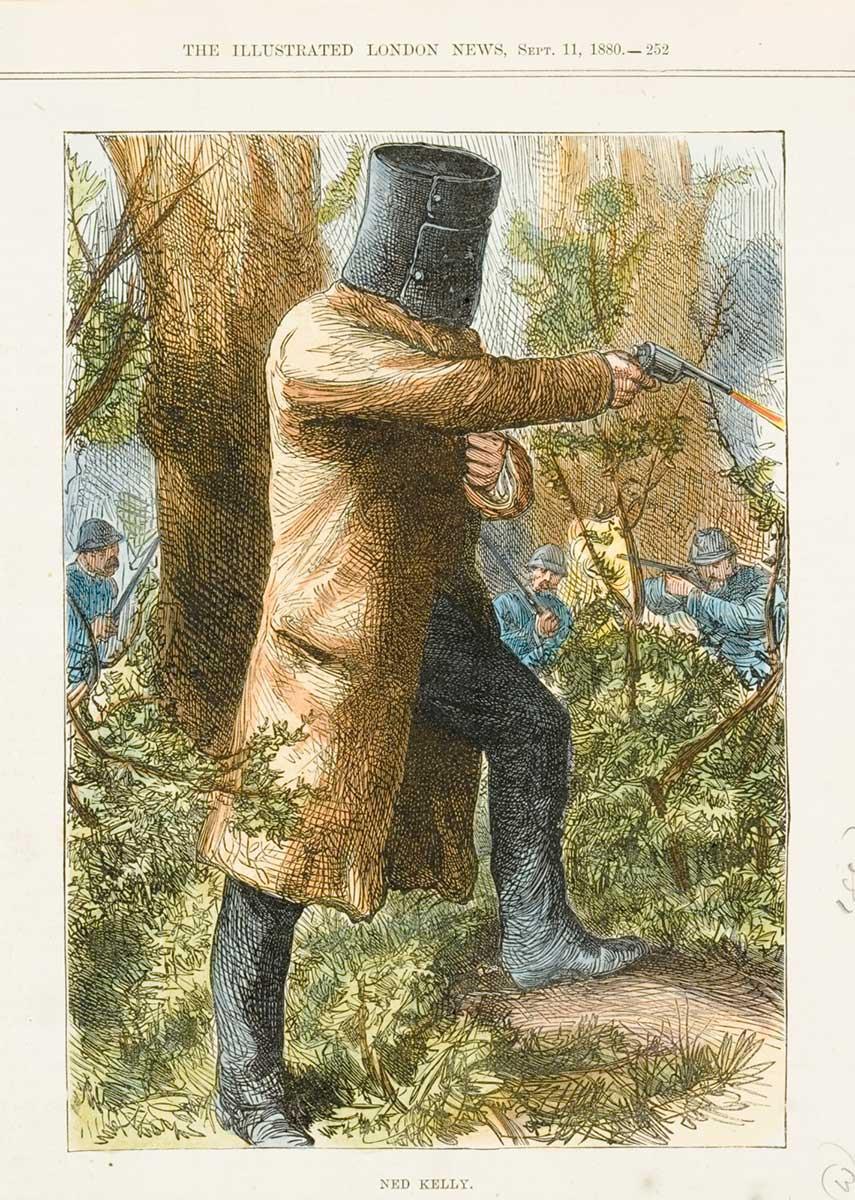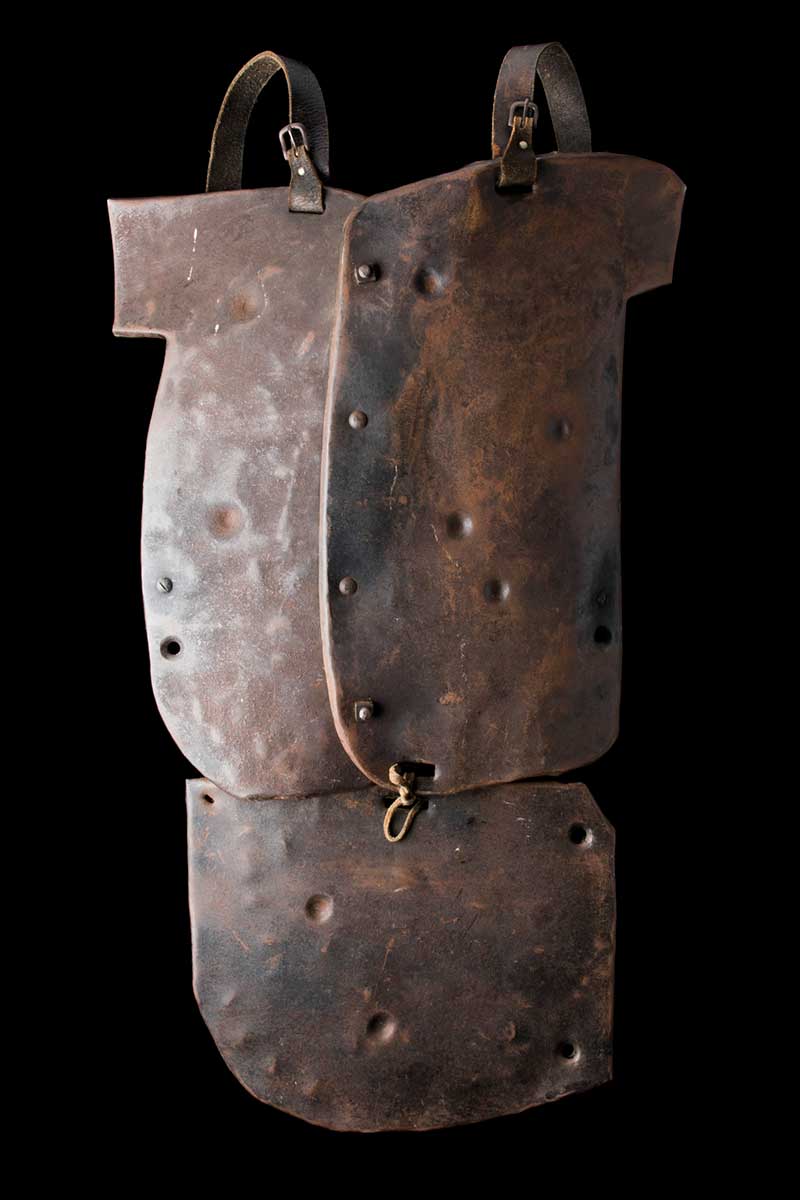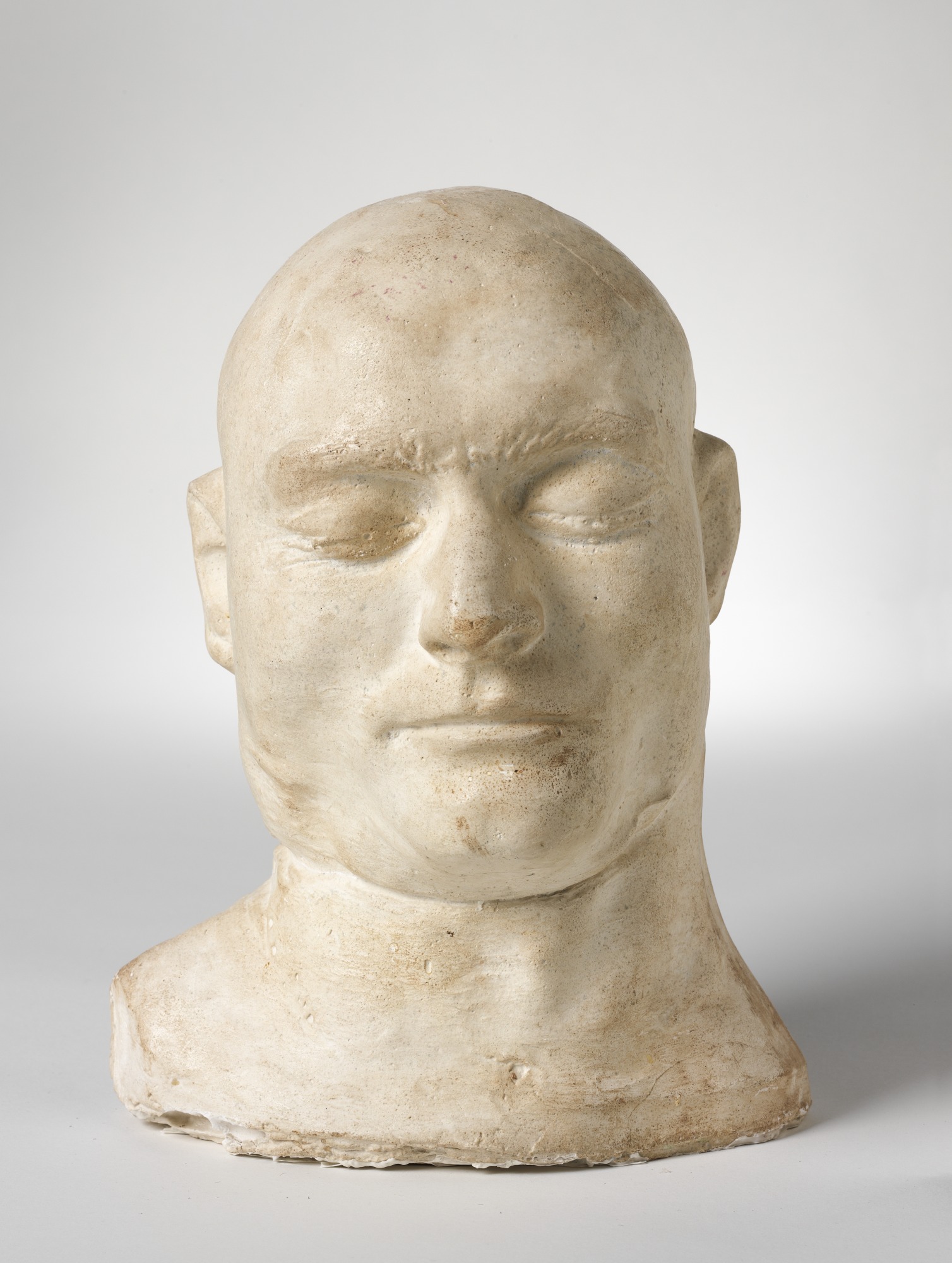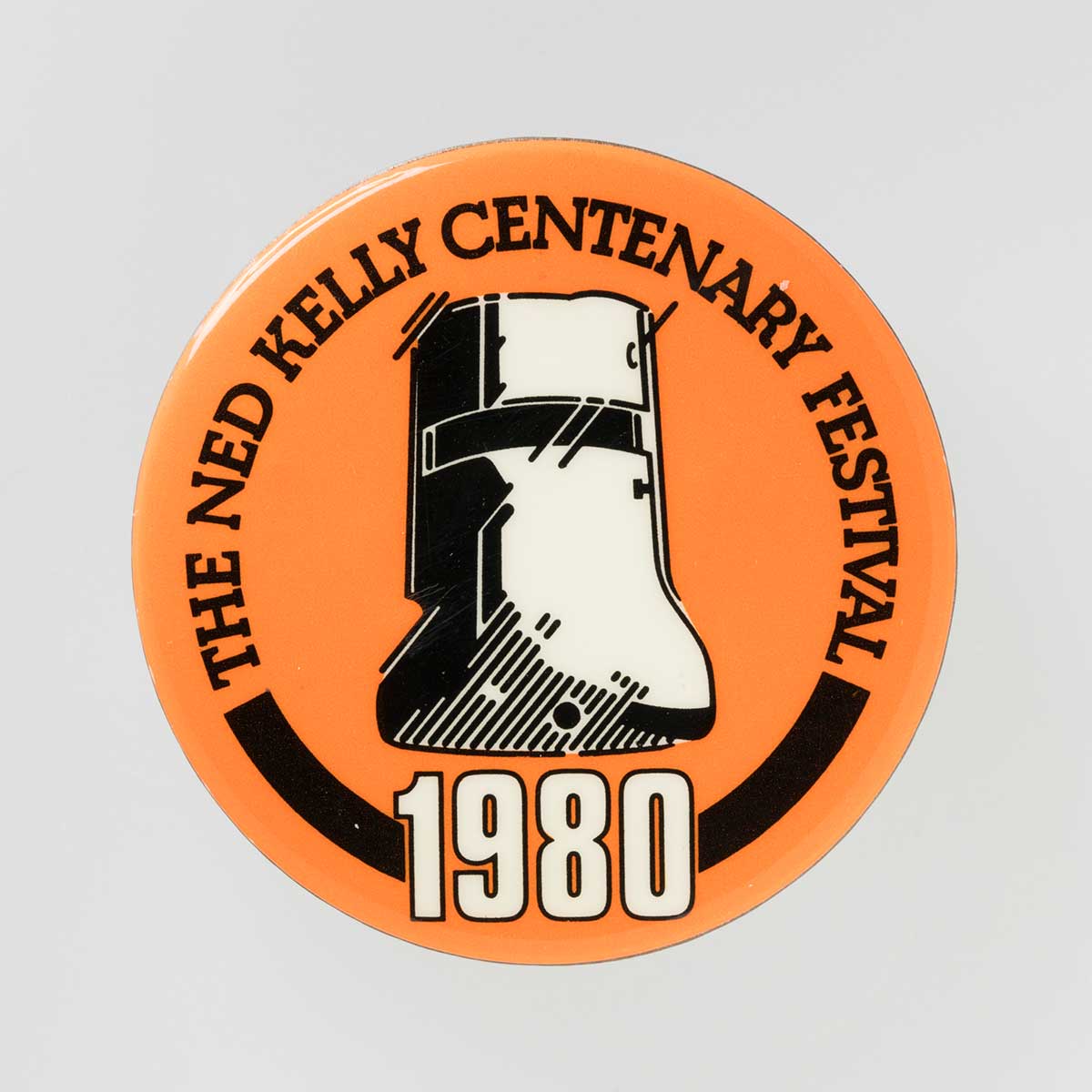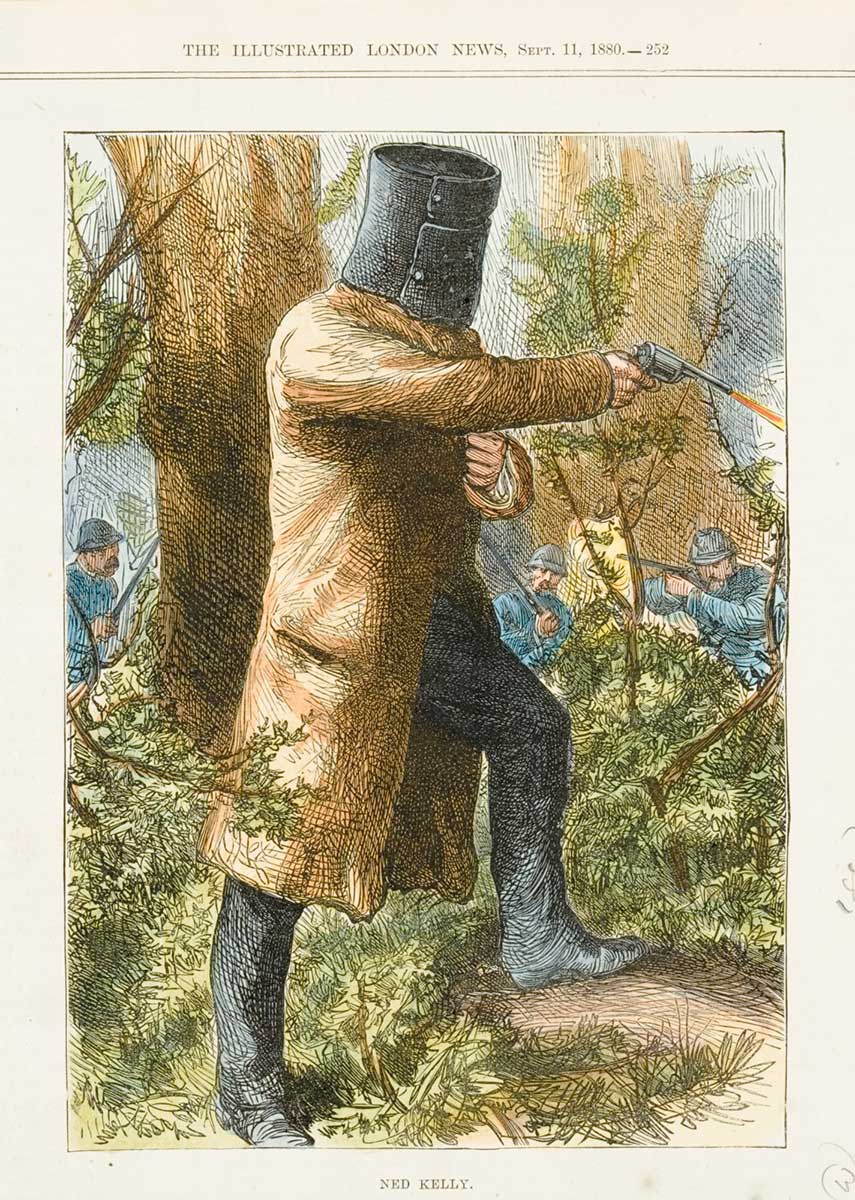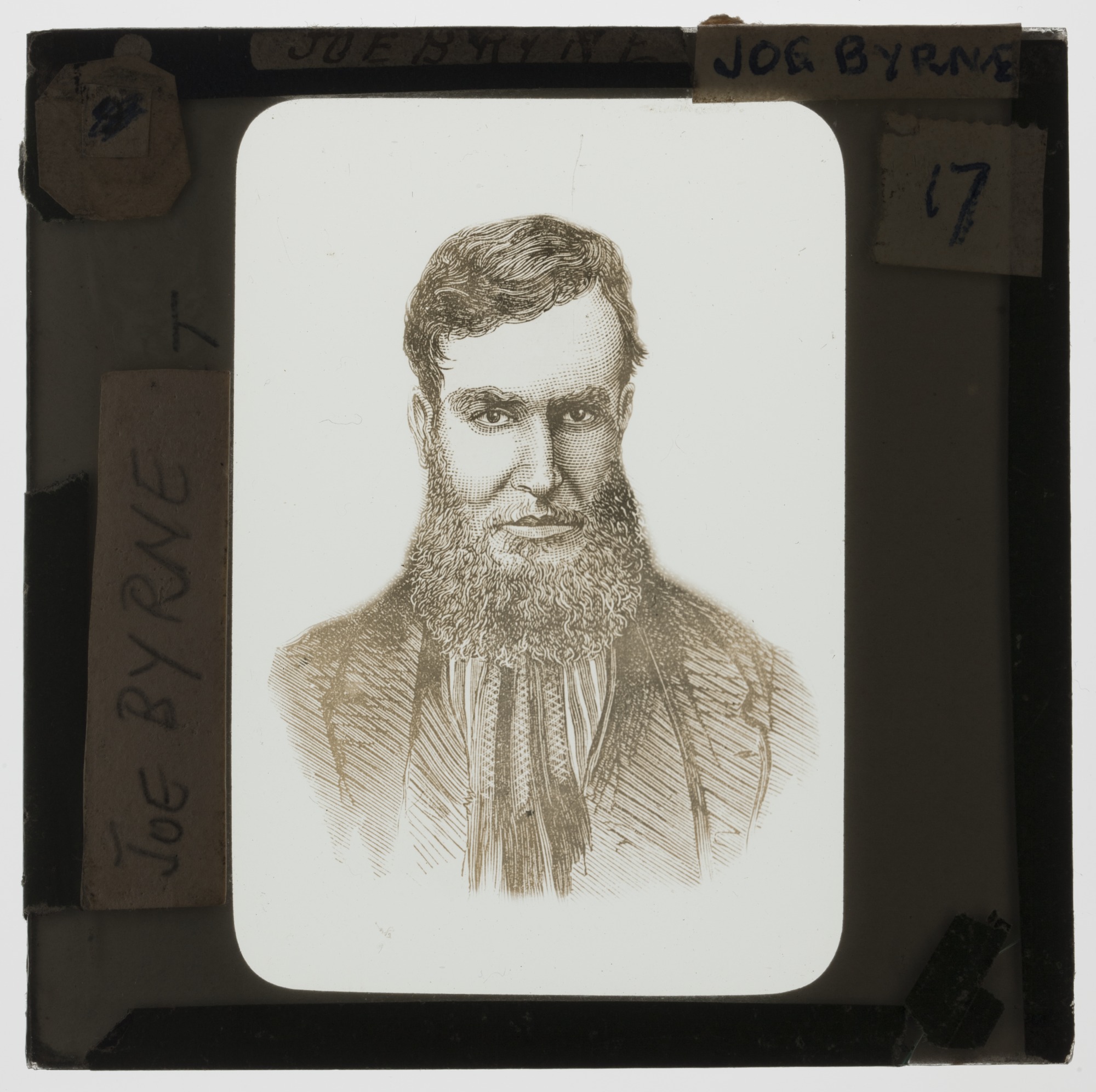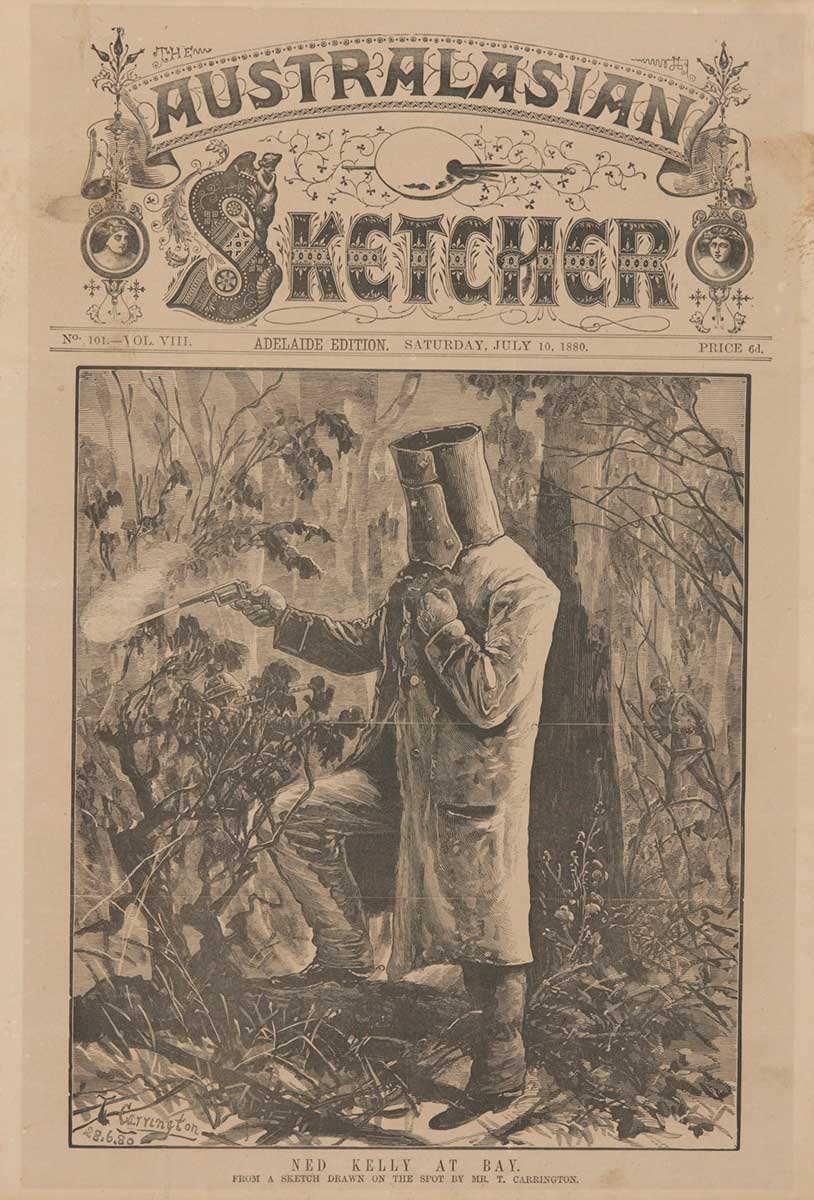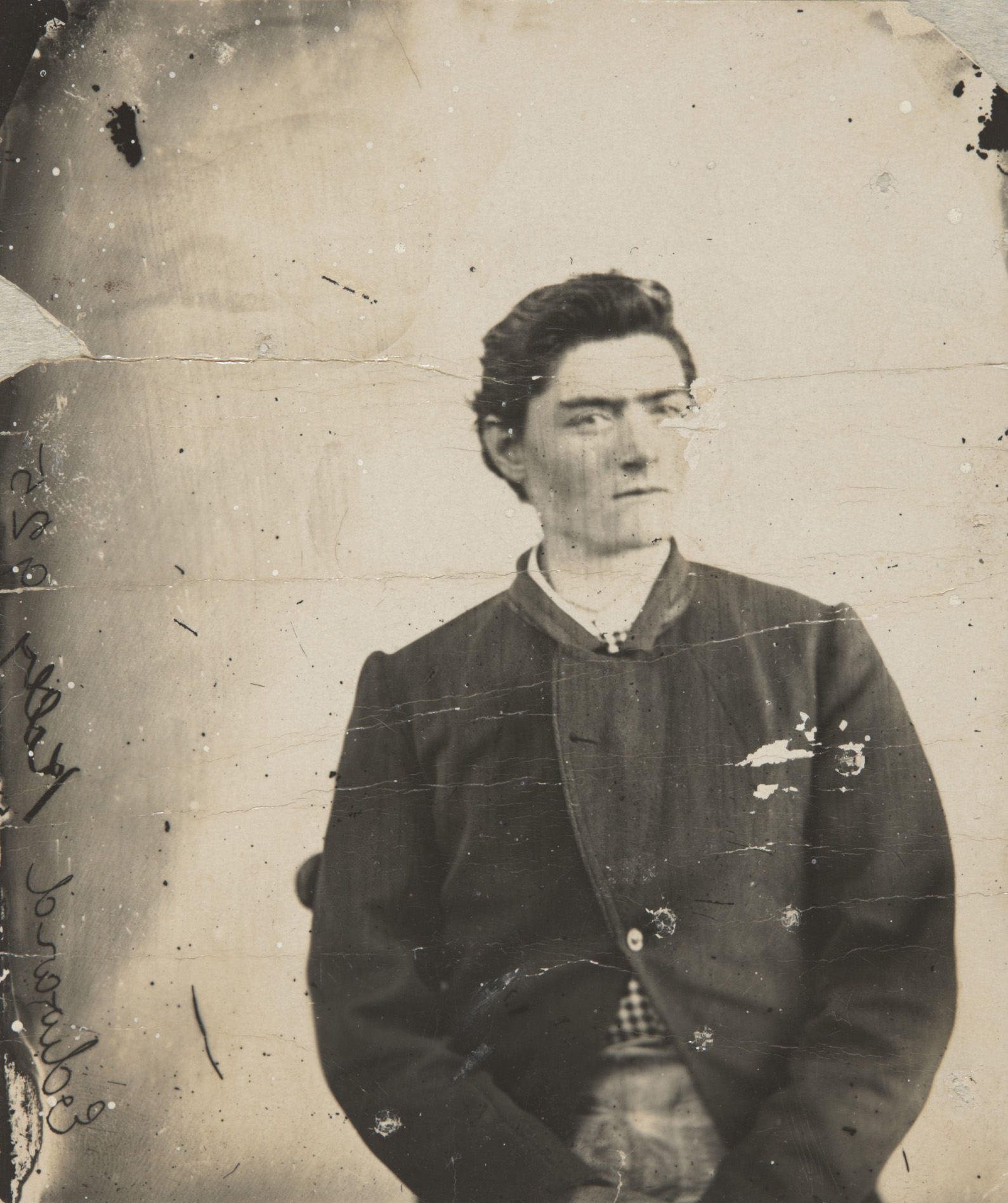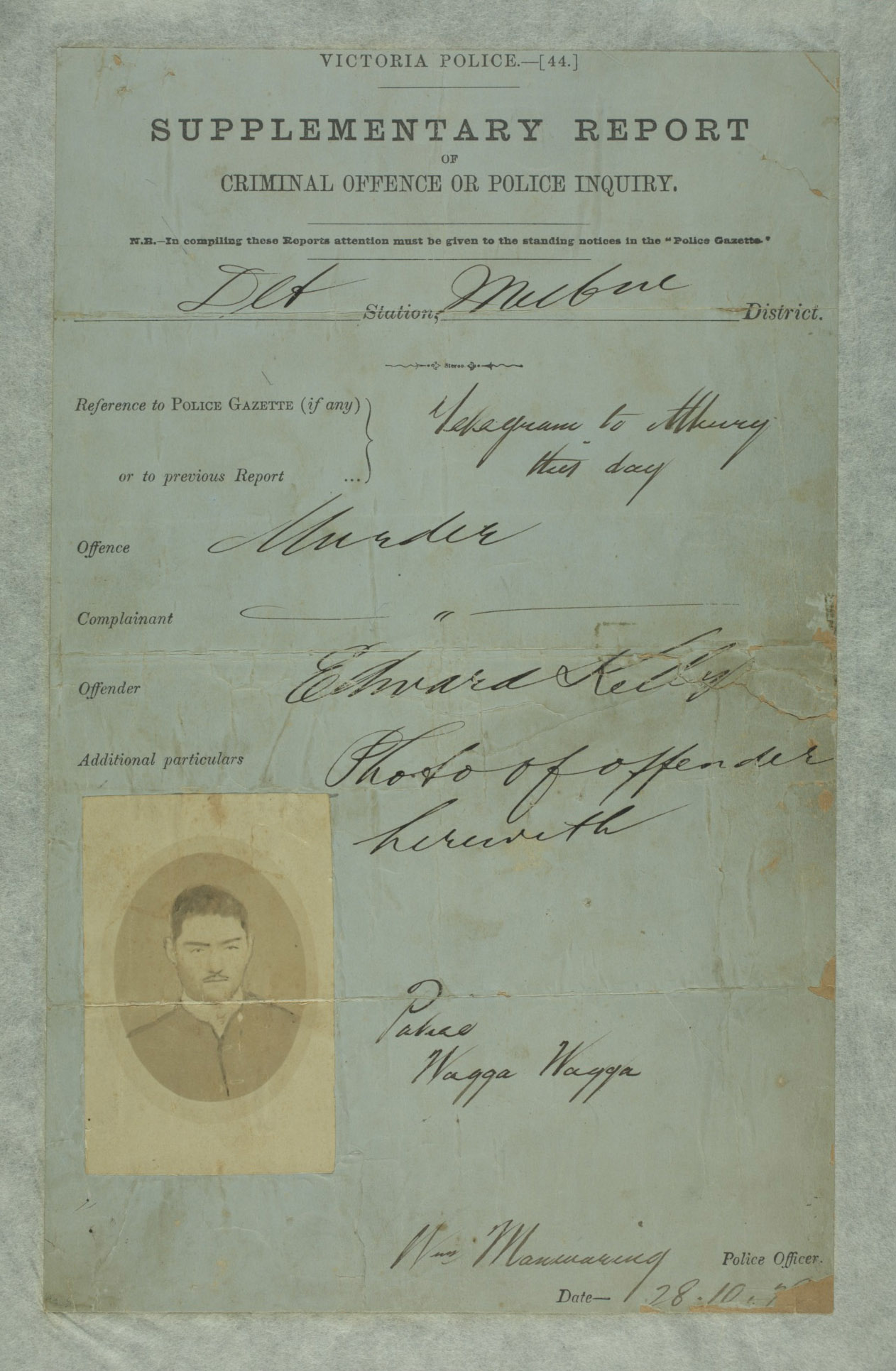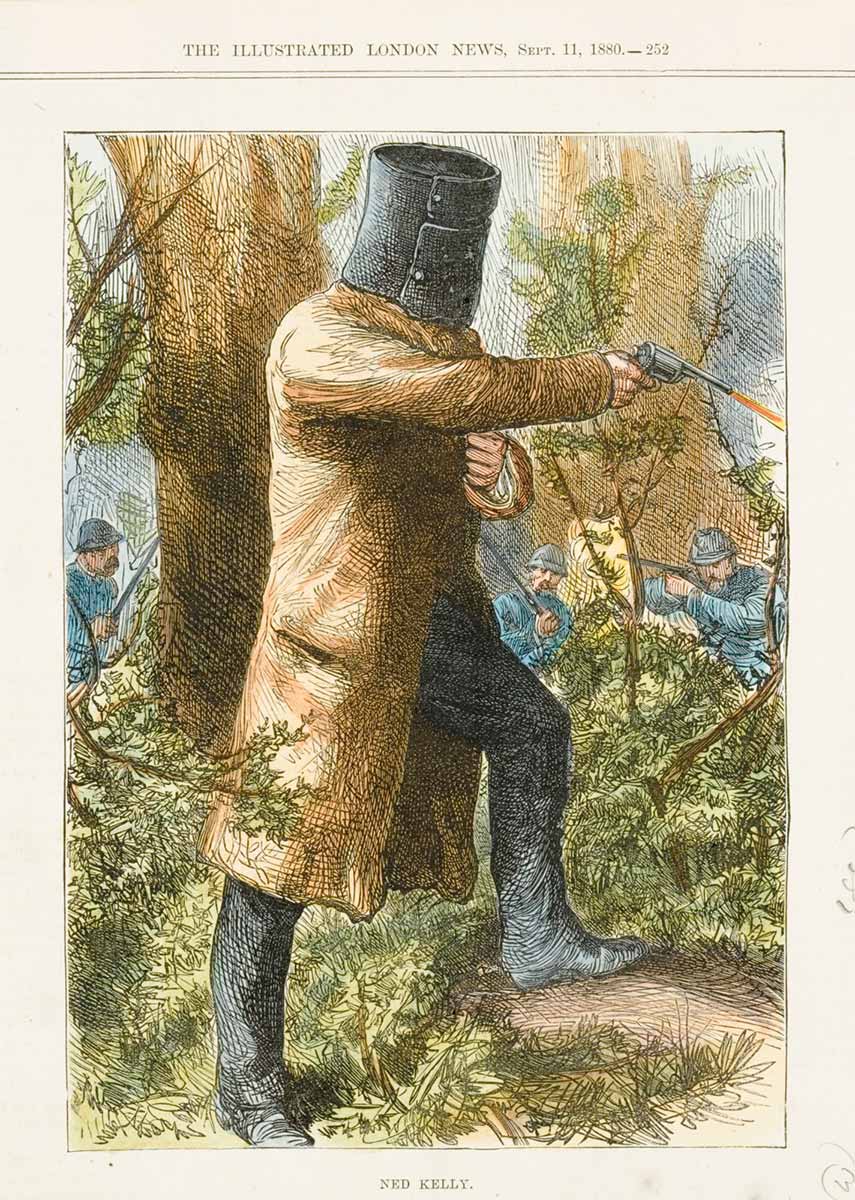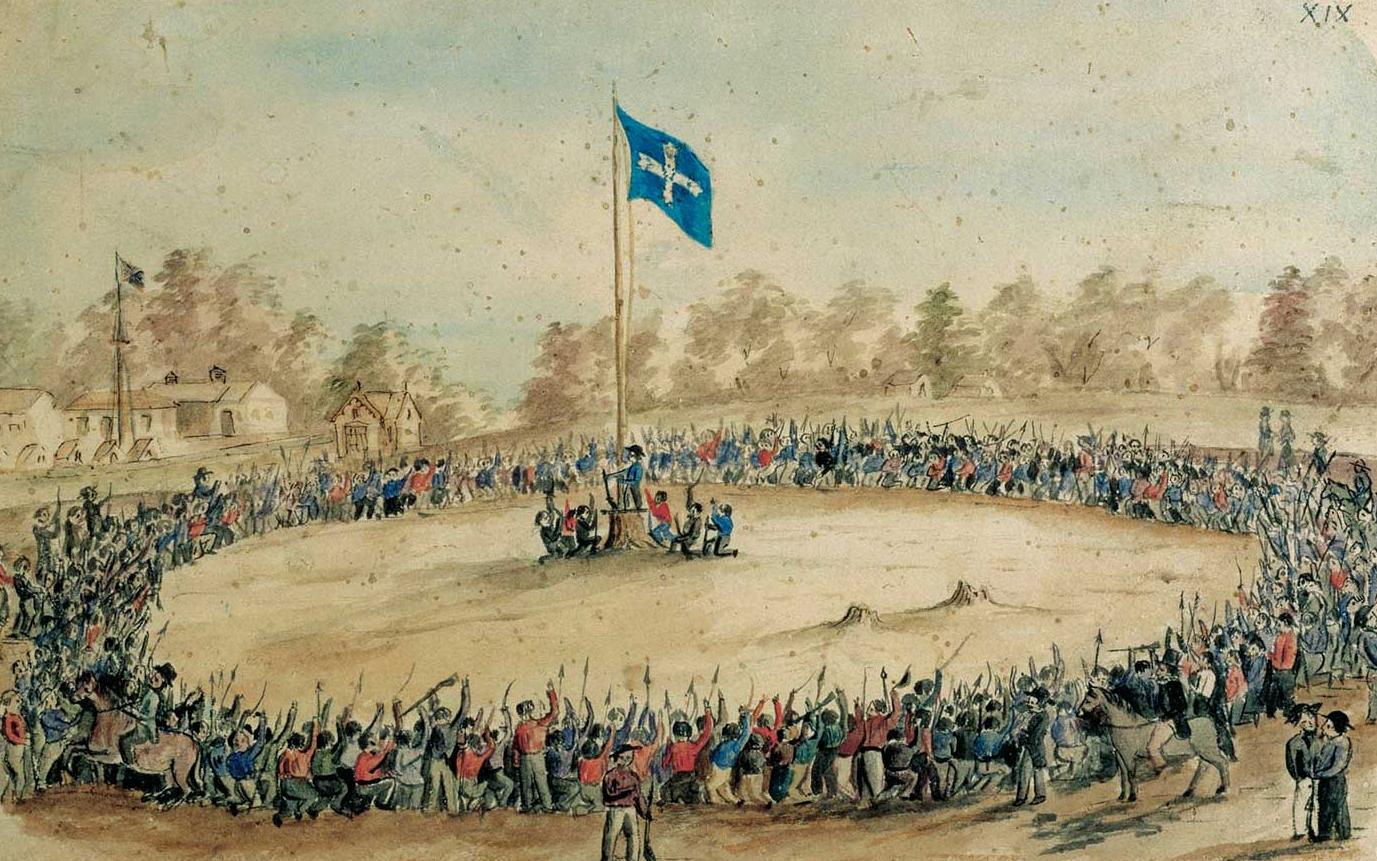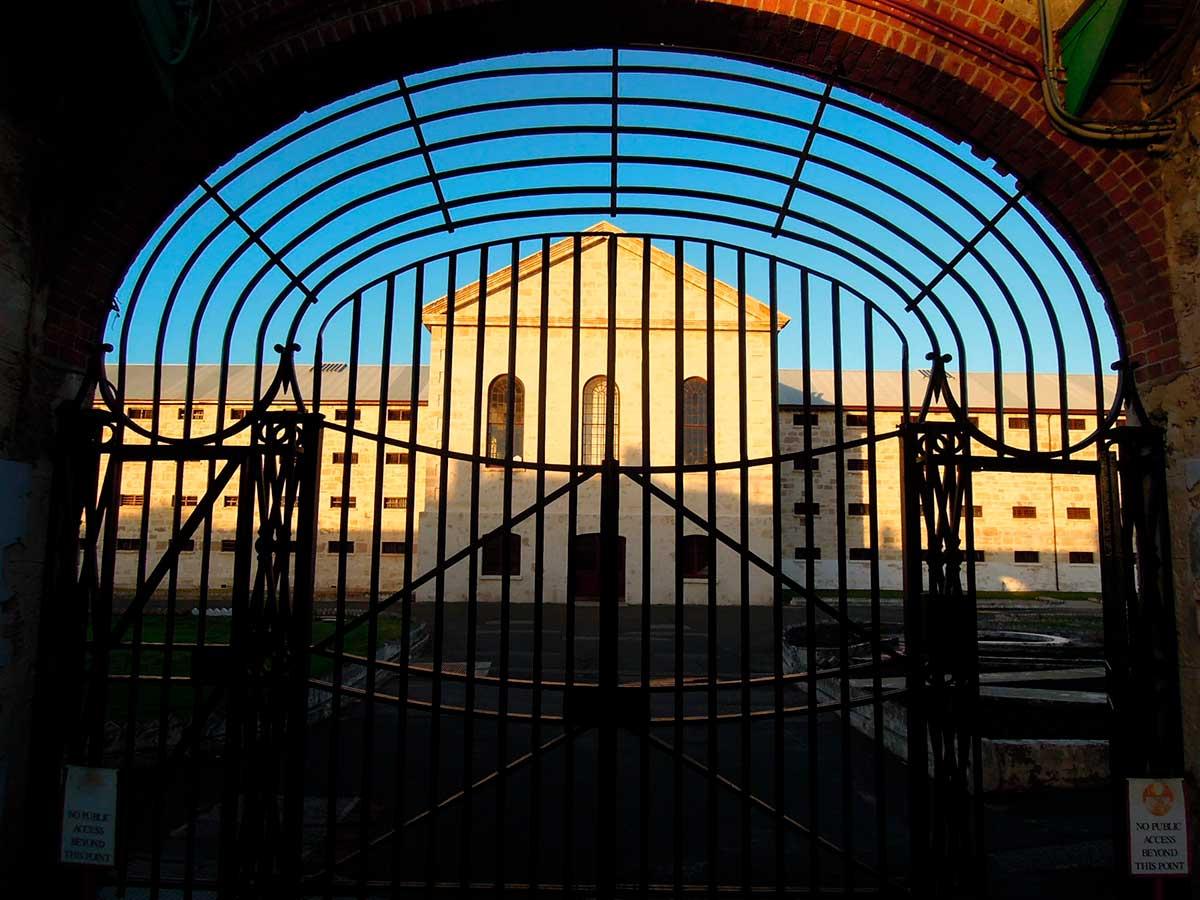Hero or criminal?
1880: Ned Kelly’s last stand at Glenrowan, Victoria
Hero or criminal?
1880: Ned Kelly’s last stand at Glenrowan, Victoria
In a snapshot
On 28 June 1880 Victorian police captured bushranger Ned Kelly after a siege at the Glenrowan Inn. The other members of the Kelly Gang — Dan Kelly, Joseph Byrne and Steve Hart — were killed in the siege. The gang was wanted for the murders of three police officers at Stringybark Creek in 1878. Ned was tried in Melbourne in October 1880 and executed in November 1880. The Kelly Gang’s last stand has become an Australian folk legend, but people disagree about how it should be remembered.
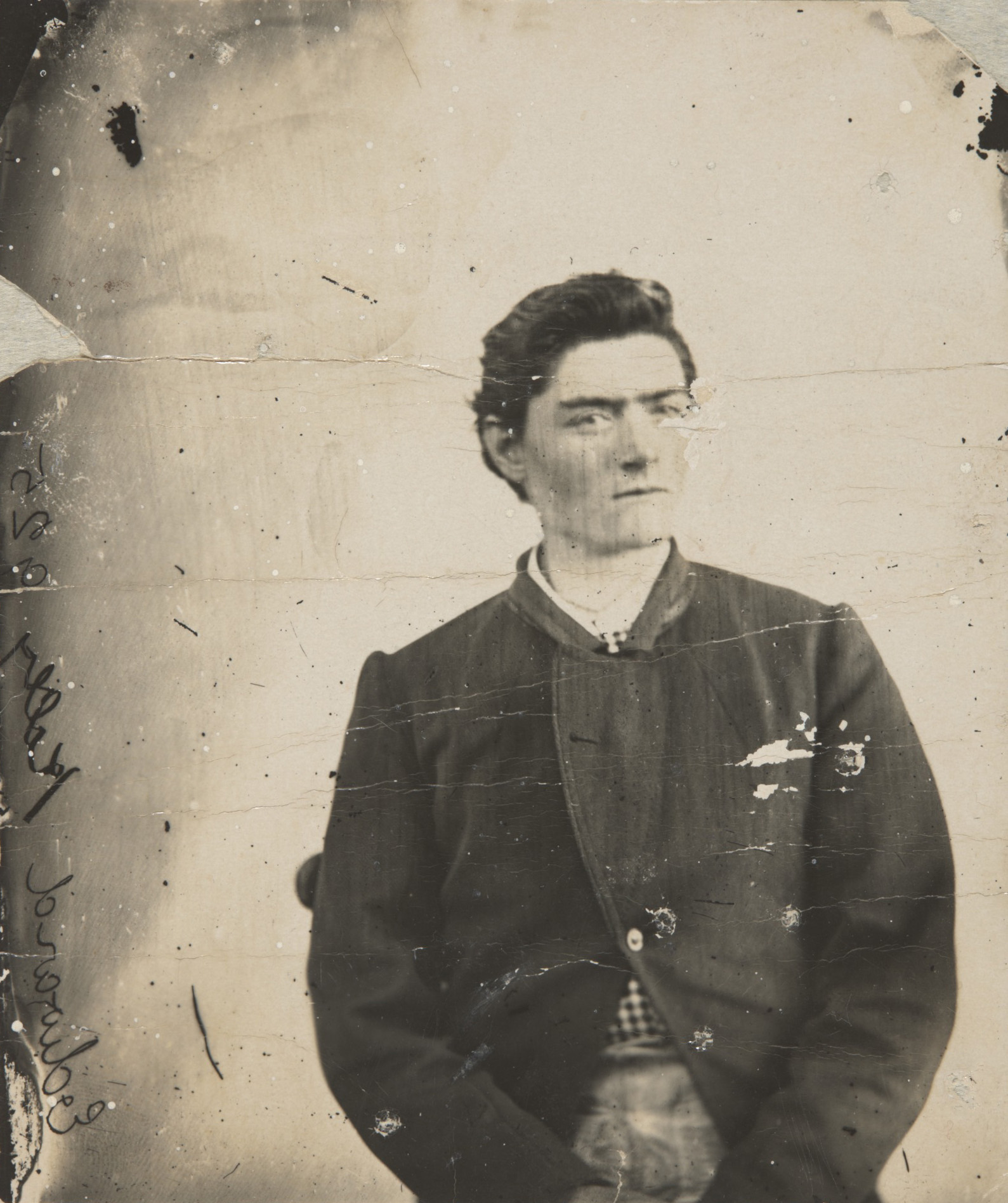
 Can you find out?
Can you find out?
1. Why did Ned Kelly and his brother Dan flee into the bush in 1878?
2. Who were the members of the Kelly Gang and what did they do at Stringybark Creek?
3. How was the gang finally defeated and what eventually happened to Ned Kelly?
The gold rush in Victoria
In 1851 gold was found in New South Wales and Victoria. The gold rushes attracted hundreds of thousands of new migrants from around the world to the colonies. The small Victorian police force struggled to keep law and order as the population grew. Mass immigration from Ireland imported tensions between Catholics and Protestants in Victoria, particularly between the wealthy squatters and poor Irish settlers.
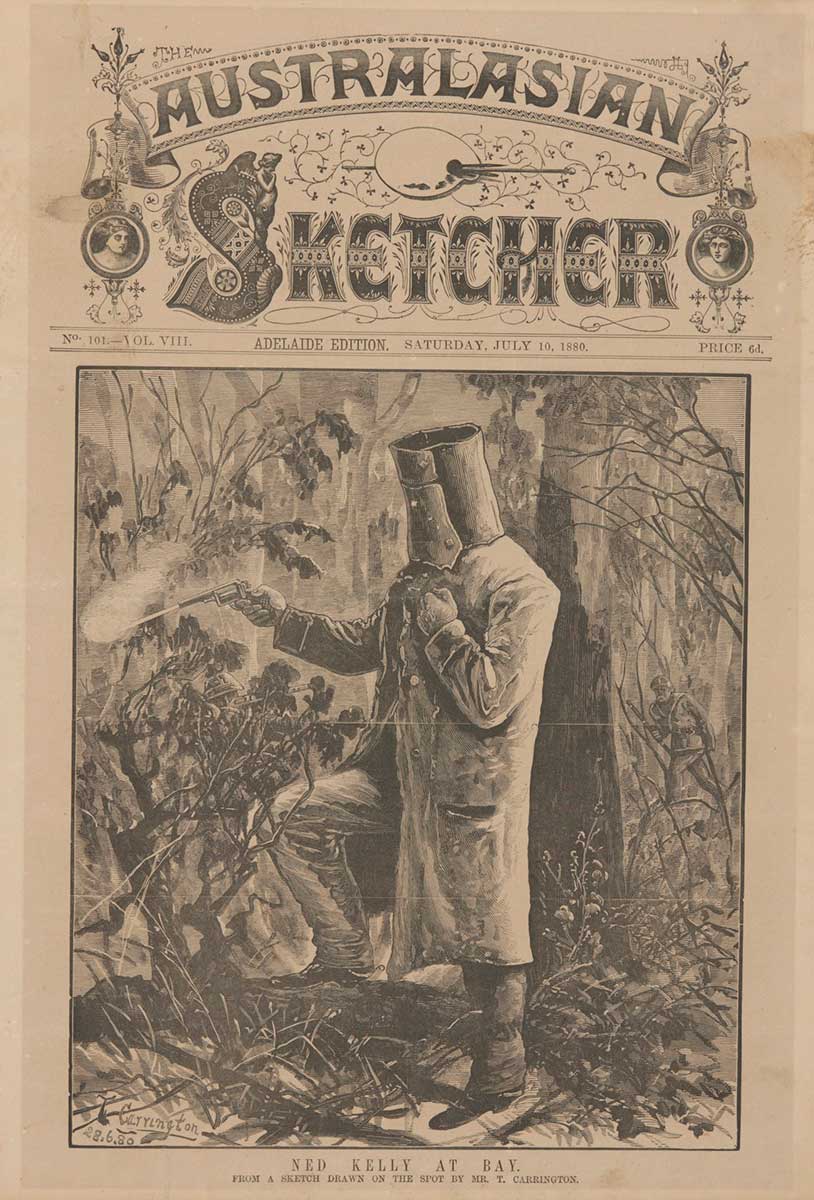
How was the Kelly Gang formed?
Ned Kelly was born to Irish parents in Beveridge, Victoria, in about 1854. The Kelly family was regularly in trouble with the law. Ned’s father was transported to Australia for stealing pigs and died in 1866, when Ned was a young teenager. At age 16 Ned served three years in prison with hard labour for stealing a horse.
In 1878 an arrest warrant (order) was issued for Ned’s younger brother, Dan Kelly. On 15 April 1878, Constable Alexander Fitzpatrick of the Greta police arrived at the Kelly home to arrest Dan. Fitzpatrick was reportedly sometimes friendly to the Kellys and was rumoured to have a romantic relationship with Ned’s sister, Kate. Fitzpatrick’s visit was tense and resulted in a fight during which he was shot in the wrist. Fitzpatrick claimed Ned was the shooter, but the shooter’s identity was never confirmed. Ellen Kelly, Ned’s mother, also took part in the fight, wielding a spade. Fitzpatrick brought serious charges of attempted murder against Ellen and she was sentenced to three years in prison.
Ned and Dan fled into the bush in the Wombat Ranges to escape arrest. They were joined by their friends Joseph (Joe) Byrne and Steve Hart. These became the four main members of the Kelly Gang.
What happened at Stringybark Creek?
On 26 October 1878 while searching for the Kelly Gang, four policemen were camped at Stringybark Creek. The gang came upon the police camp shots were fired. The Kelly Gang shot three of the policemen dead.
After these murders the Victorian Government declared the gang to be outlaws. This meant they could be shot on sight and members of the public could claim a large reward if they handed them to the police ‘dead or alive’.
Over the next three months the gang robbed banks in Euroa and Jerilderie. Ned tried unsuccessfully to get local newspapers to publish his letters justifying the gang’s actions. The gang then hid in the bush for nearly two years. They survived with help from sympathisers who believed the Kelly Gang was standing up for the rights of the poorest members of Victorian society. But other members of the community didn’t support the gang.

The Glenrowan siege: did the Kelly Gang survive?
In 1880, fed up with life on the run, the Kelly Gang planned an attack on the Victorian police at the town of Glenrowan.
On 26 June 1880 the gang rode to Glenrowan where they destroyed part of the railway line. They murdered a man, Aaron Sherritt, knowing that police would send reinforcements from Melbourne by train. They then planned to derail the train and ambush any survivors. While they waited for the train the gang forced the townspeople from their homes at gunpoint and took them to the Glenrowan Inn. But one resident of Glenrowan flagged down the approaching police train, warning the police of the planned derailment.
At around 3am on 28 June 1880 officers from the train surrounded the Glenrowan Inn. The Kelly Gang, realising their original plan had failed, put on their now-famous homemade armour and prepared to fight.
The police began to shoot as the gang stepped out of the inn. Joe Byrne was shot and killed, and stray bullets injured many of the hostages inside the building. Dan Kelly and Steve Hart came back to the inn and kept shooting at the police. This created a diversion while Ned retreated into the bush behind the hotel and circled around behind the police. At dawn on 28 June 1880 Ned came towards the police from behind and began shooting. He was shot in the legs and captured.
The siege kept going for hours as Dan Kelly and Steve Hart were still inside the Glenrowan Inn. They let their hostages go later in the afternoon. The two men were then either shot by police or shot themselves to avoid being captured.
Ned, the only surviving member of the Kelly Gang, was tried for murder in Melbourne and found guilty. He was executed at Melbourne Goal on 11 November 1880. At the time of his execution his mother, Ellen Kelly, was also in the Melbourne gaol still serving her prison sentence.
‘Glenrowan, Monday Night. At last the Kelly gang and the police have come within shooting distance, and the adventure has been the most tragic of any in the bushranging annals of the colony. Most people will say that it is high time, too, for the murders of the police near Mansfield occurred as long ago as the 26th of October, 1878, the Euroa outrage on the 9th December of the same year, and the Jerilderie affair on the 8th and 9th February, 1879.’
The Herald (Fremantle), 24 July 1880
Hero or criminal?
Ned Kelly and the Kelly Gang became Australian folk heroes. Some people have celebrated Kelly’s stand against the police and government while others argue that he was simply a thief and murderer.
The Kelly Gang has appeared in many Australian movies, poems, songs and works of art. Sidney Nolan painted a series of important paintings of Ned, and the world’s first full-length fictional film in 1906 was the Story of the Kelly Gang.
Read a longer version of this Defining Moment on the National Museum of Australia’s website.
Research task
Ned Kelly tried to justify his crimes in his Jerilderie letter. How does Kelly justify his use of violence in this letter?
 What did you learn?
What did you learn?
1. Why did Ned Kelly and his brother Dan flee into the bush in 1878?
2. Who were the members of the Kelly Gang and what did they do at Stringybark Creek?
3. How was the gang finally defeatedH and what eventually happened to Ned Kelly?






